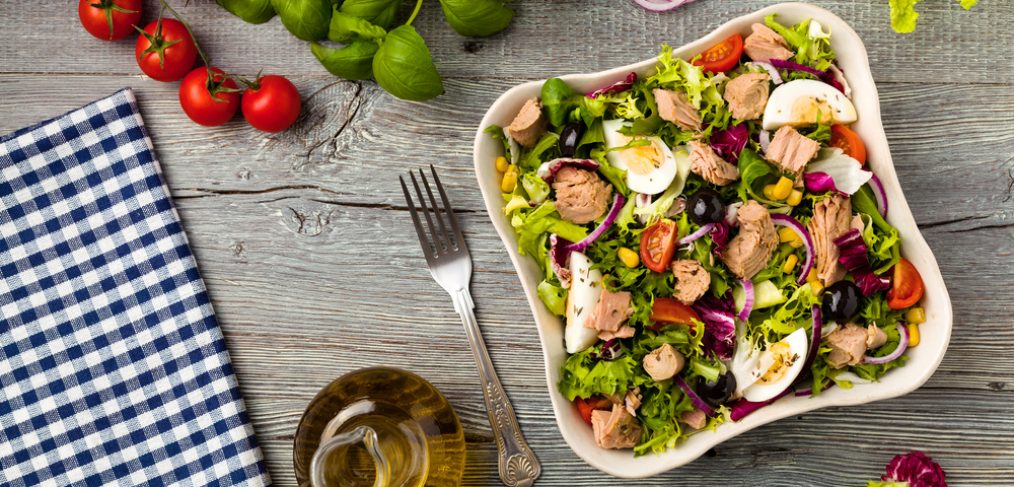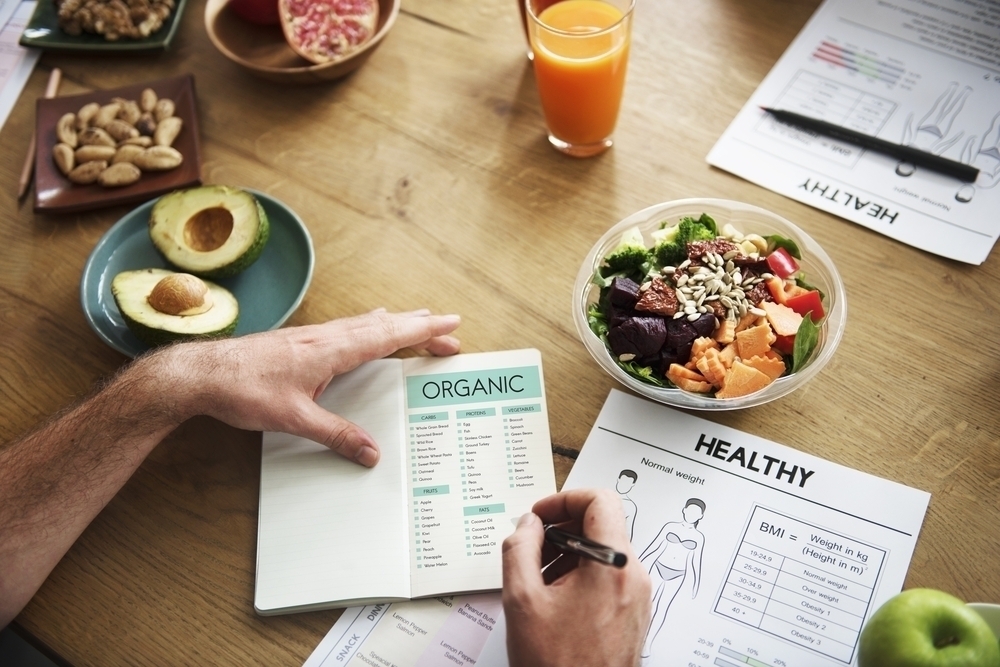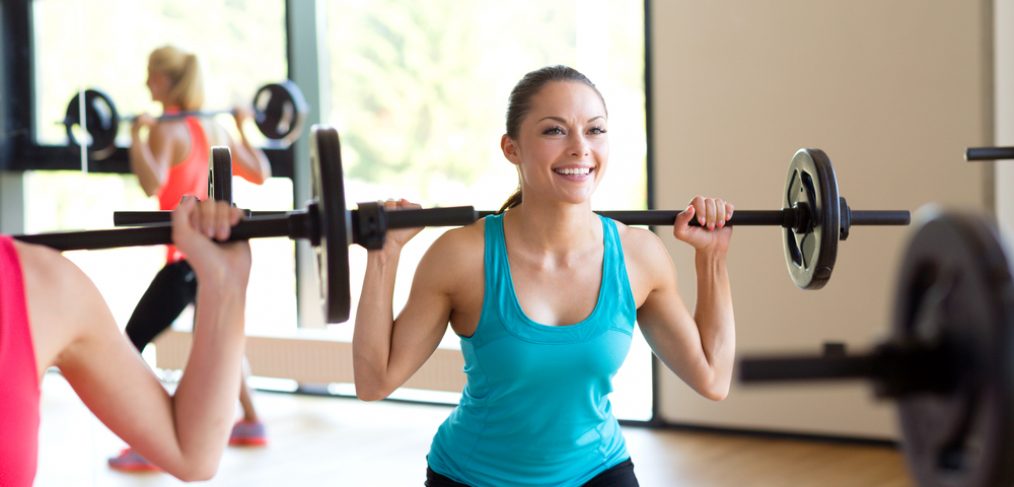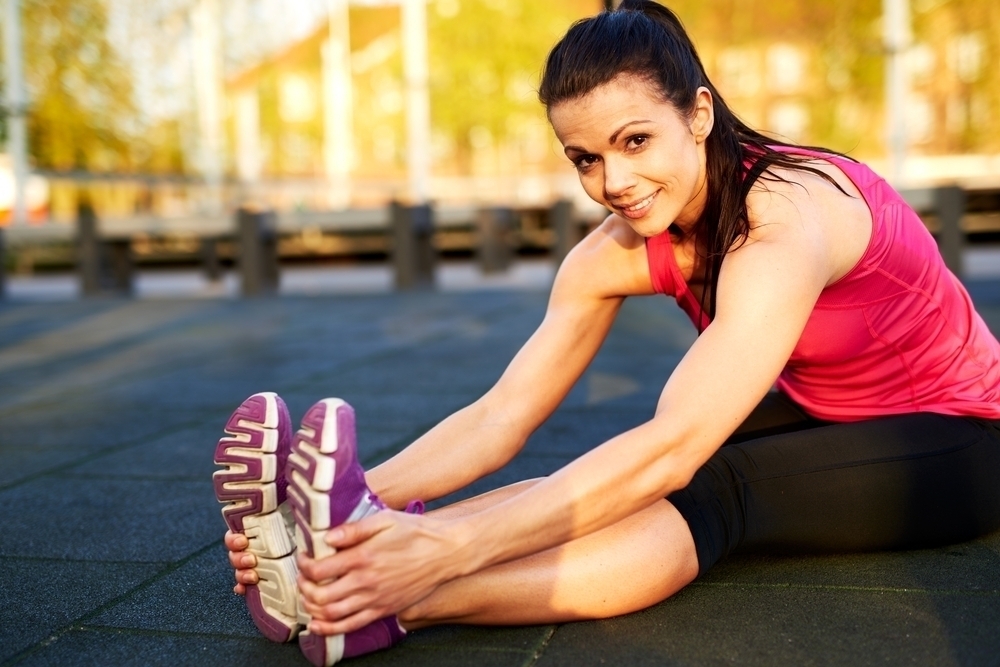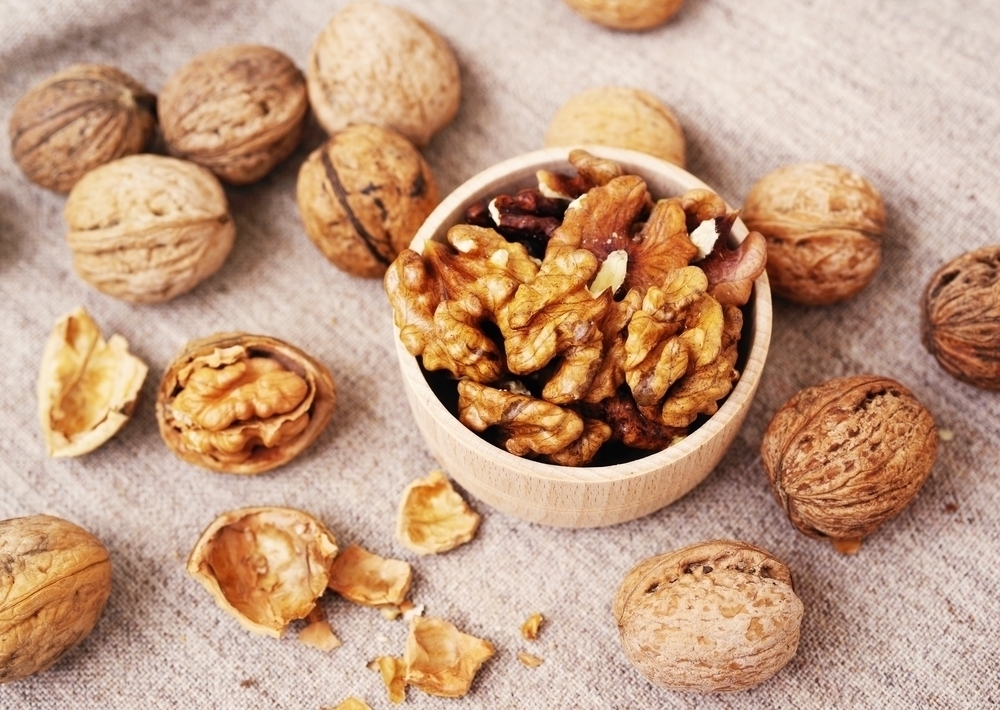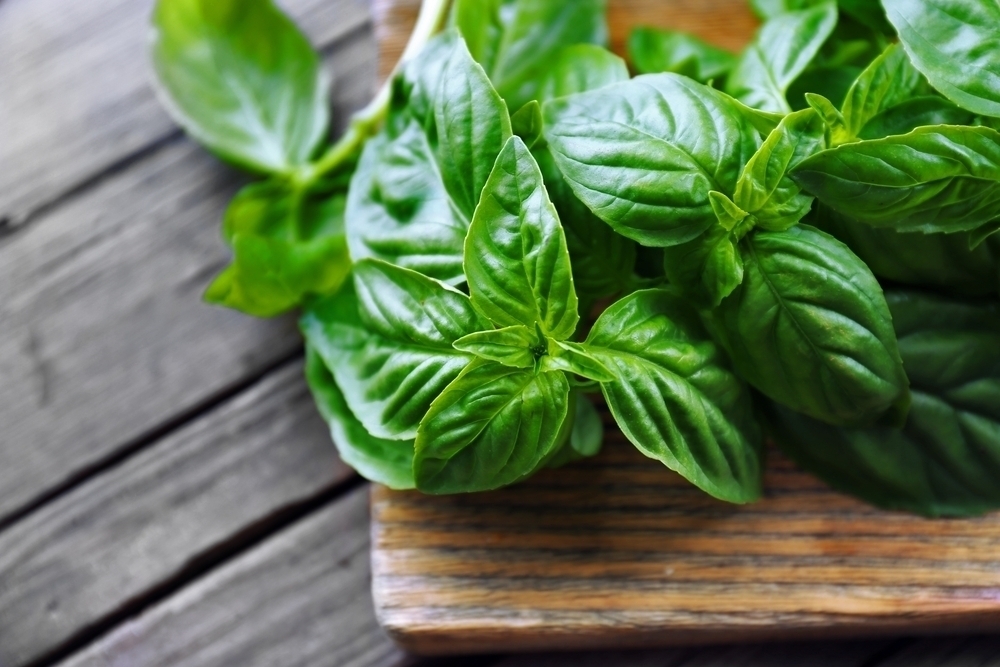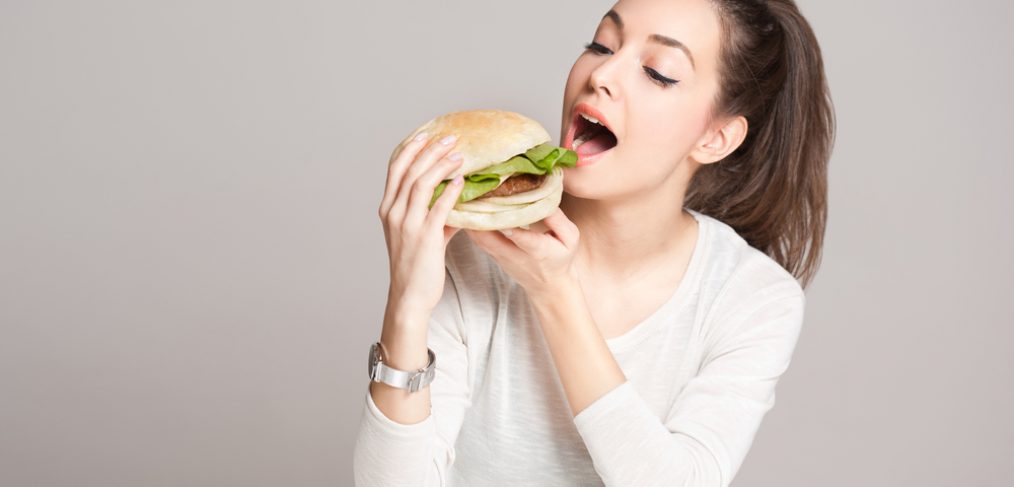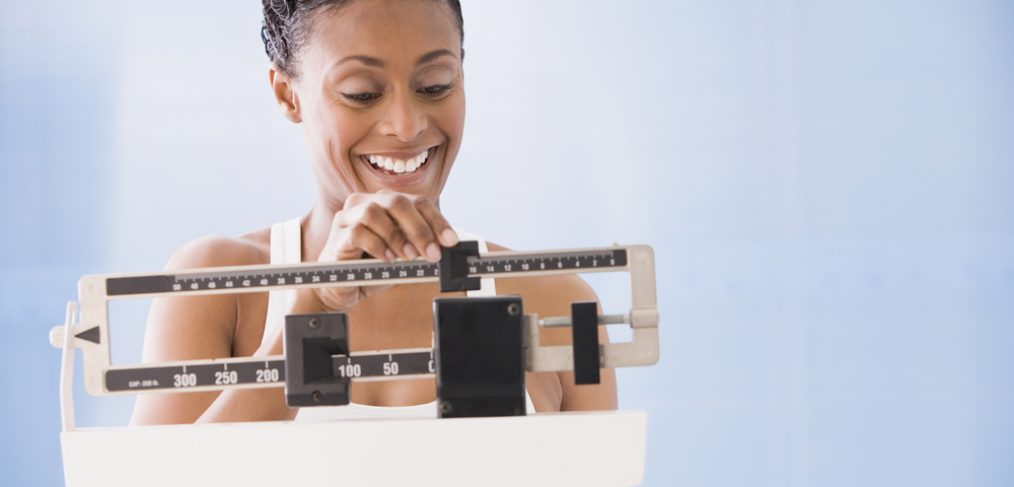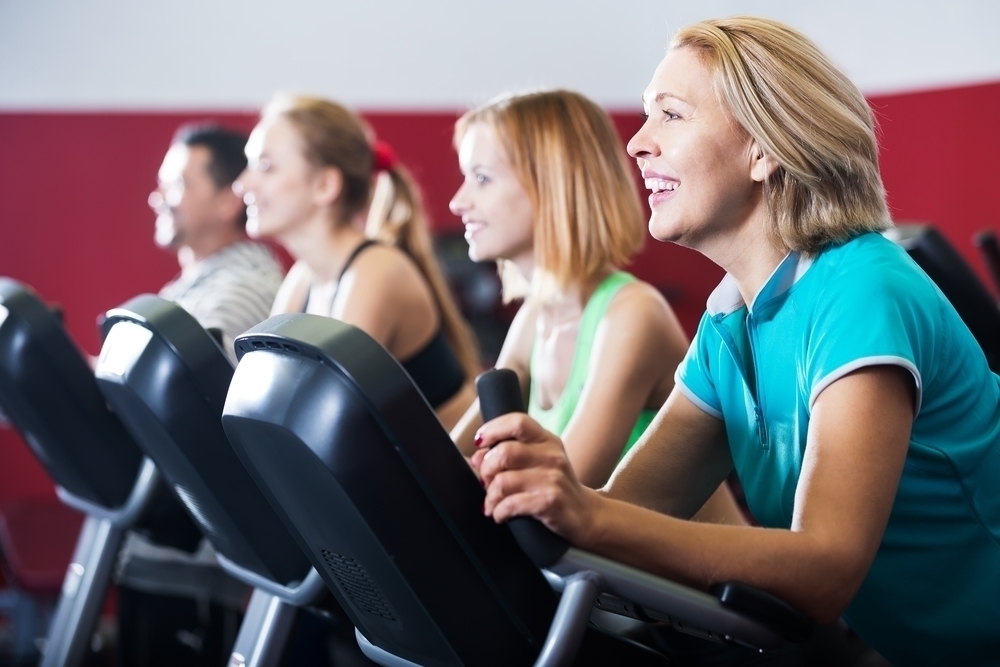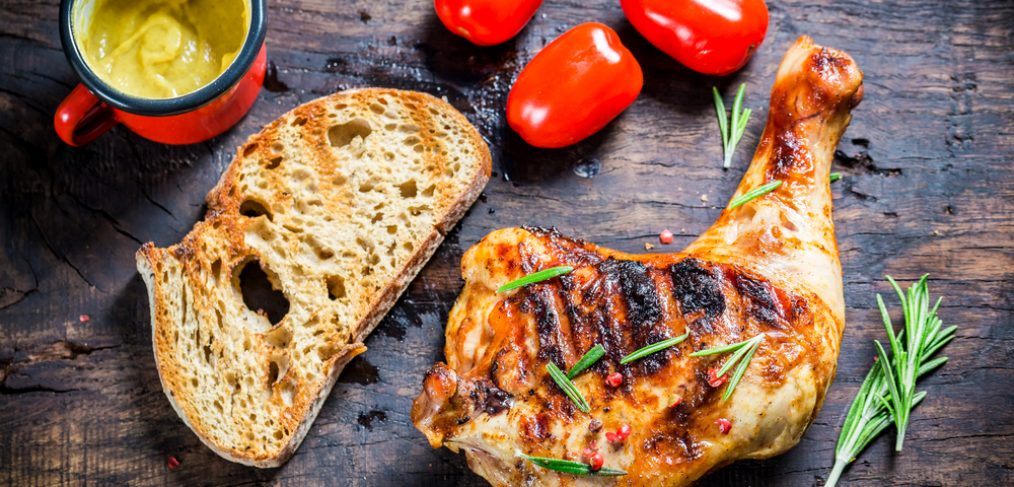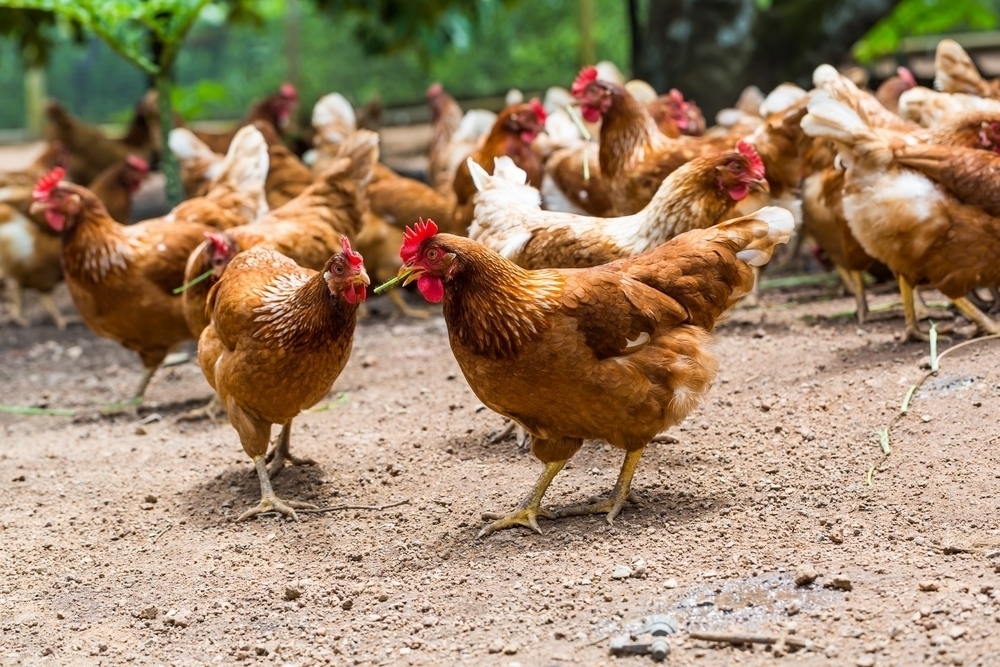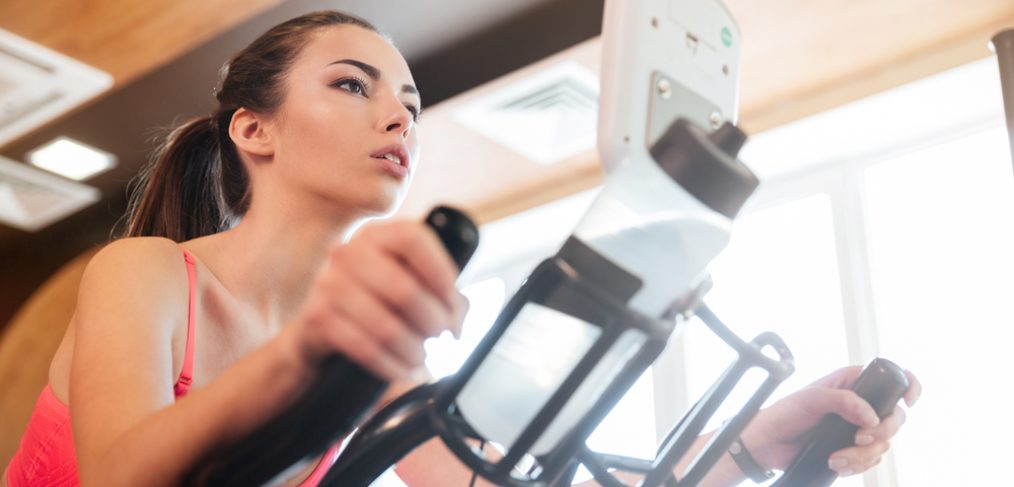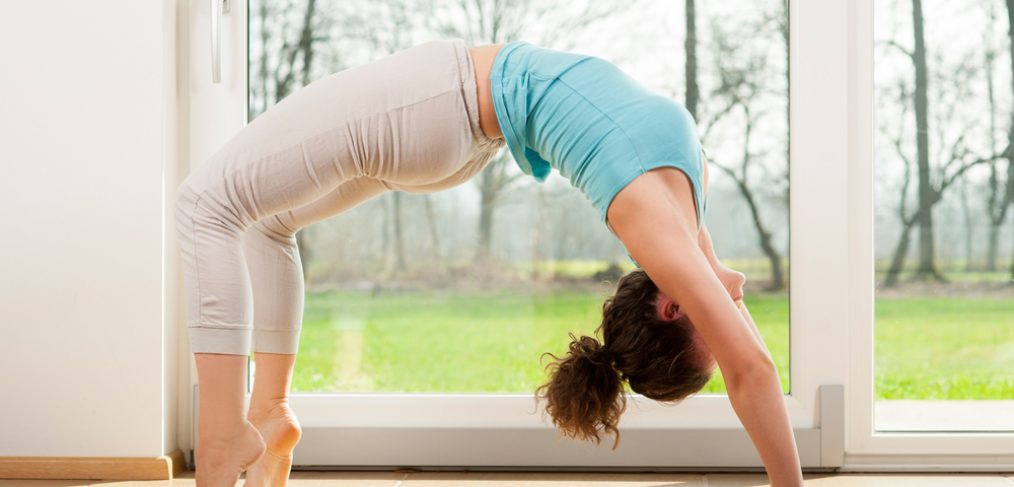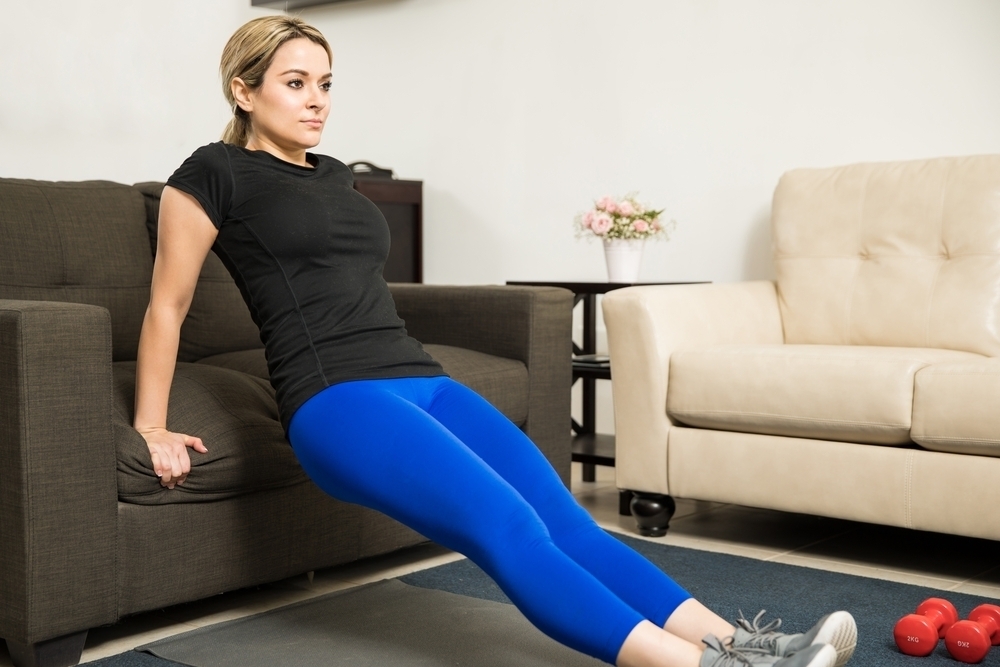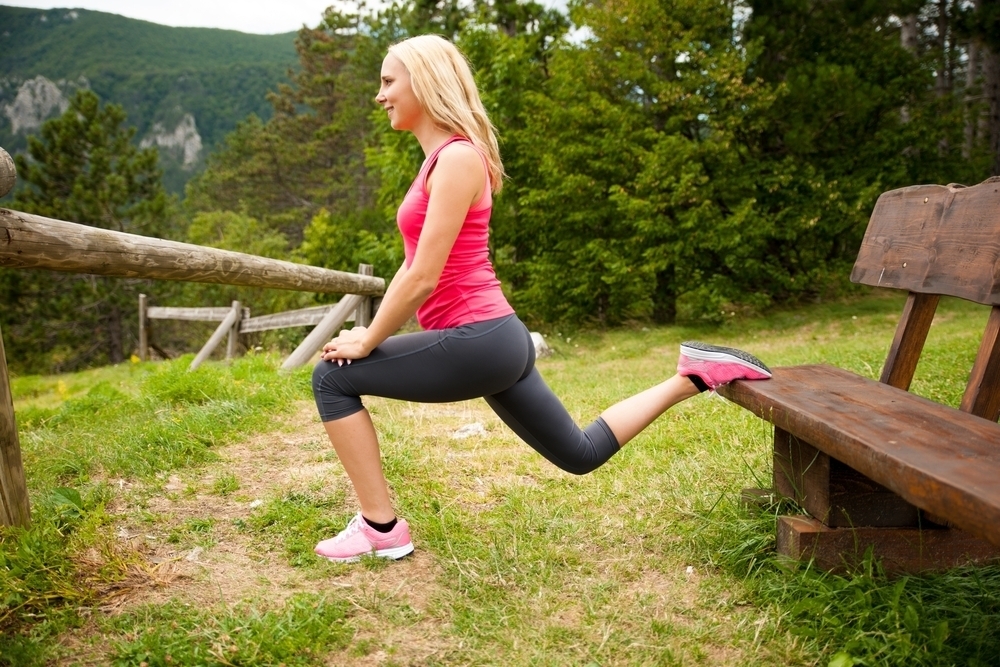Being unhealthy is not just a part of your life; it’s a part of your identity. And now you’ve decided to make the change. But you’re uneasy. What are your buddies going to think when you beg off a trip to the bar in order to go to the gym? What are they going to say when you pass on the midnight donut run? When you get the spinach pizza instead of the meat lovers?
Setting personal health goals can be difficult, especially when you’re accustomed to a less than Jack Lalanne approved lifestyle, but it can be done. Here are some tips on doing just that.
To-Do List for Healthy Living
Go see your doctor. Even if you’re feeling great, it’s always a good idea to make sure everything is running smoothly. Get yourself screened and immunized and get the answers to all of the nagging questions that may be on your mind.
Keep tabs on your height and weight and make sure you are getting in enough physical activity. The CDC recommends that adults get a minimum of two and a half hour of moderate aerobic activity and 15 minutes of more intense aerobic activity each week, plus muscle training exercises at least two days a week.
Nutritionist Kathianne Sellers Williams, MEd, RD, LD tells you to, “Keep track of what your eating–all of it. The idea is to write it down without judgment. You can’t change what you’re not aware of or don’t acknowledge.”
Check your relationships and evaluate your mood and energy levels. Make sure you’re surrounded by people that enrich your life; get adequate sleep, and monitor yourself for signs of depression.
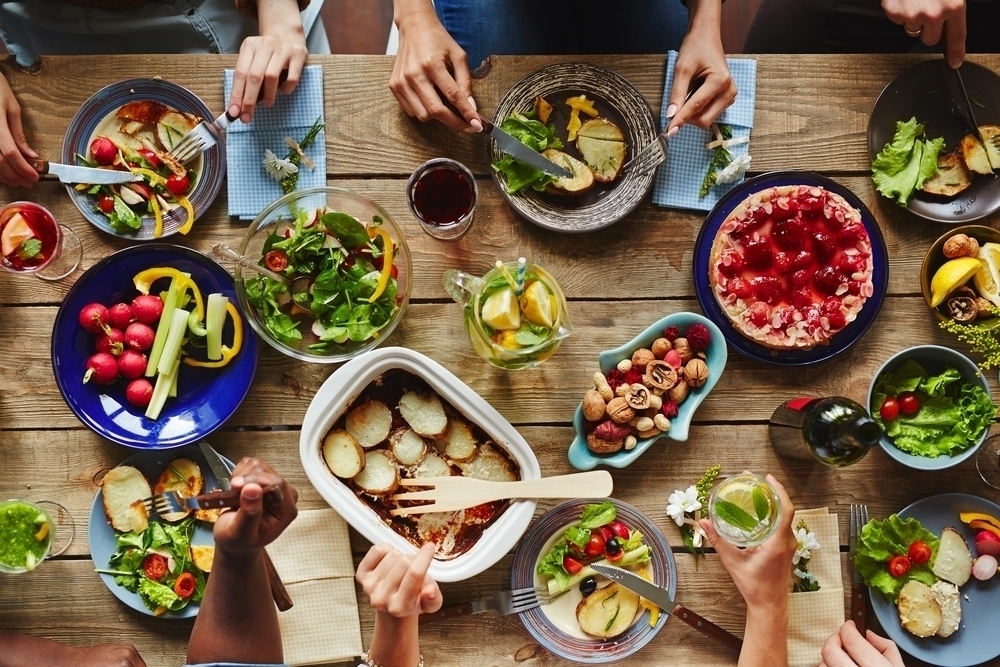
Improve Your Diet
Its all about taking back the power over food. Says Williams, ” Instead of,’I should be eating more fruits and vegetables,’ it’s, ‘I choose to eat more fruits and vegetables,’ or, ‘ I choose not to, It shows your in control, you’re making the choice. Stock the kitchen with healthy foods, so you have a healthy strategy for when cravings hit. Slow down and enjoy your food. According to Williams, “You’re much more likely to feel psychologically satisfied,'” and shoot forgive to nine servings of varied vegetables and fruits per day.
Exercise More
Not the exercise type? No such thing! Dr. Williams says there’s no need to stick with the dreaded cardio: find something you enjoy and keep track of what you’re doing. Put big X’s on the calendar on days when you exercise. A visual record will Keep you motivated. Set weekly goals rather than daily ones, so you have greater day-to-day freedom. That way, you can forgive yourself if you miss a day, so long as you make it up before the weekend
Cut Down On Stress
When it comes to handling stress, Williams has two suggestions. Routine maintenance entails the development of coping skills, like meditation or yoga to keep your stress level down. You can also breakthrough stress, by finding ways to handle stressful situations when they pop up. For example, you might run up and down the stairs to quell aggravation after a stressful encounter.

Sleep More Soundly
If sound sleep is a problem for you, Lisa Shives, MD has a few tips. The doctor advises avoiding the stimulation of computer and tv two hours before bedtime and recommends a light reading lamp that doesn’t shine into your eyes directly. She warns against vigorous exercise near bedtime and taking a hot bath to relax yourself mentally. Shives also stresses the importance of maintaining a regular sleep schedule and making good sleep a priority saying sleep is, “just as important as diet and exercise.”
Sound doable to you? Of course it does! Let us know how you’re getting a handle on your health. We love to hear it!




